Managing high blood sugar is important to avoid the many unhealthy side effects it can cause, including fatigue, weakness, blurred vision, and even diabetes. High blood sugar occurs when there is too much sugar in the blood due to the body's inability to produce enough insulin or use it properly. Fortunately, managing blood glucose levels is possible by avoiding certain foods that can cause spikes. According to the Mayo Clinic, a blood-sugar friendly diet consists of nutrient-dense foods, high-fiber options, healthy carbs, fish, and healthy fats. Conversely, the worst foods for high blood sugar include those high in refined carbs and added sugars, with little fiber or protein. Here, we have compiled a list of the worst foods for high blood sugar, according to dietitians and research.
1) The Truth About "Natural" Sweeteners like Honey and Agave
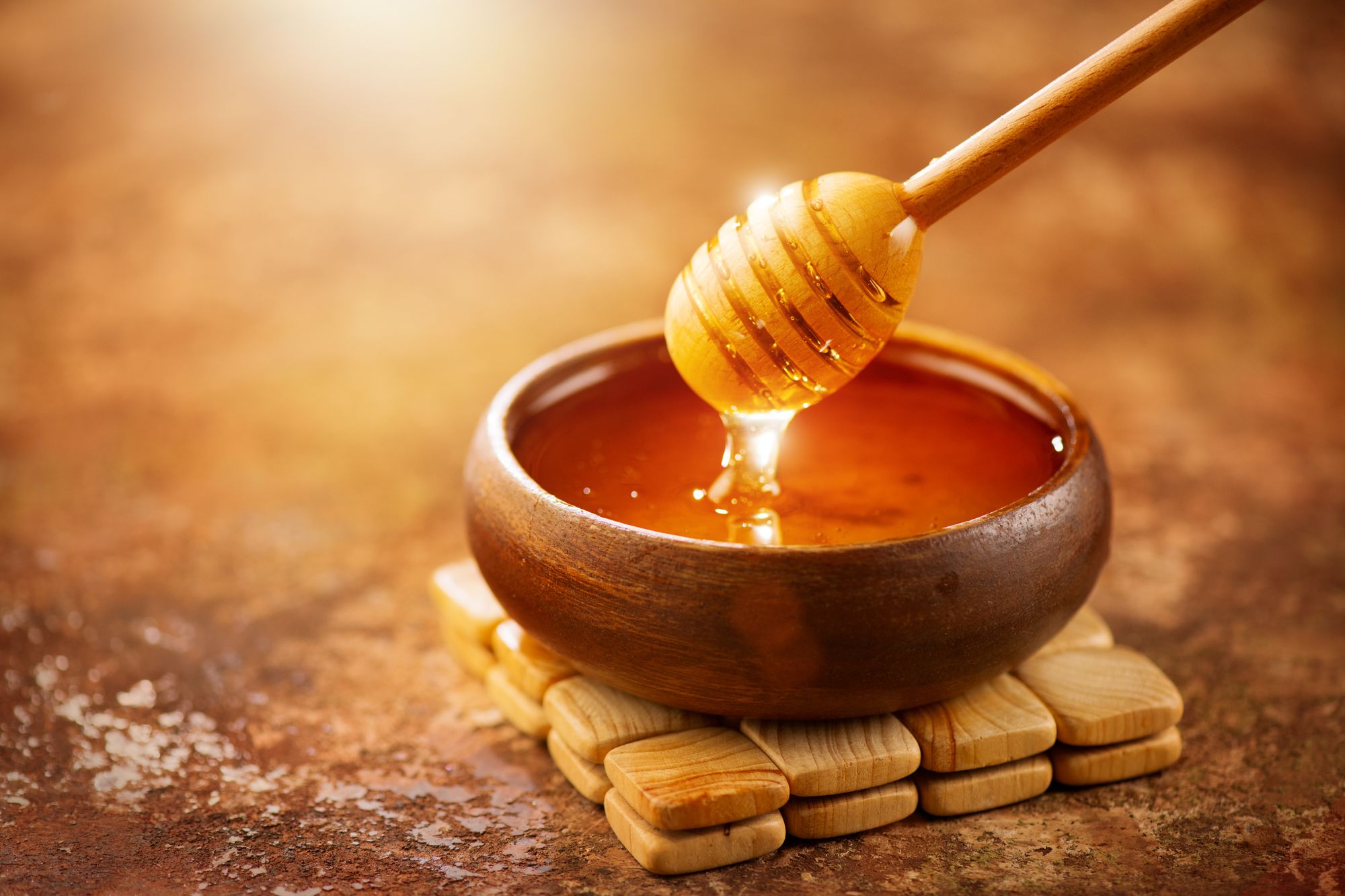
This article discusses the misconceptions surrounding the use of "natural" sweeteners like honey or agave syrup as a healthier alternative to refined sugar for people who are watching their blood glucose levels. Although these sweeteners are more natural, they can still cause spikes in blood sugar, just like white sugar. For instance, honey has a glycemic index similar to that of table sugar. In a study, prediabetic participants who consumed either honey or white sugar saw very similar increases in their blood sugar and inflammatory markers. Therefore, it is recommended to consider zero-calorie sweeteners like monk fruit or stevia instead of natural sweeteners to regulate blood glucose levels.
2) Fried foods
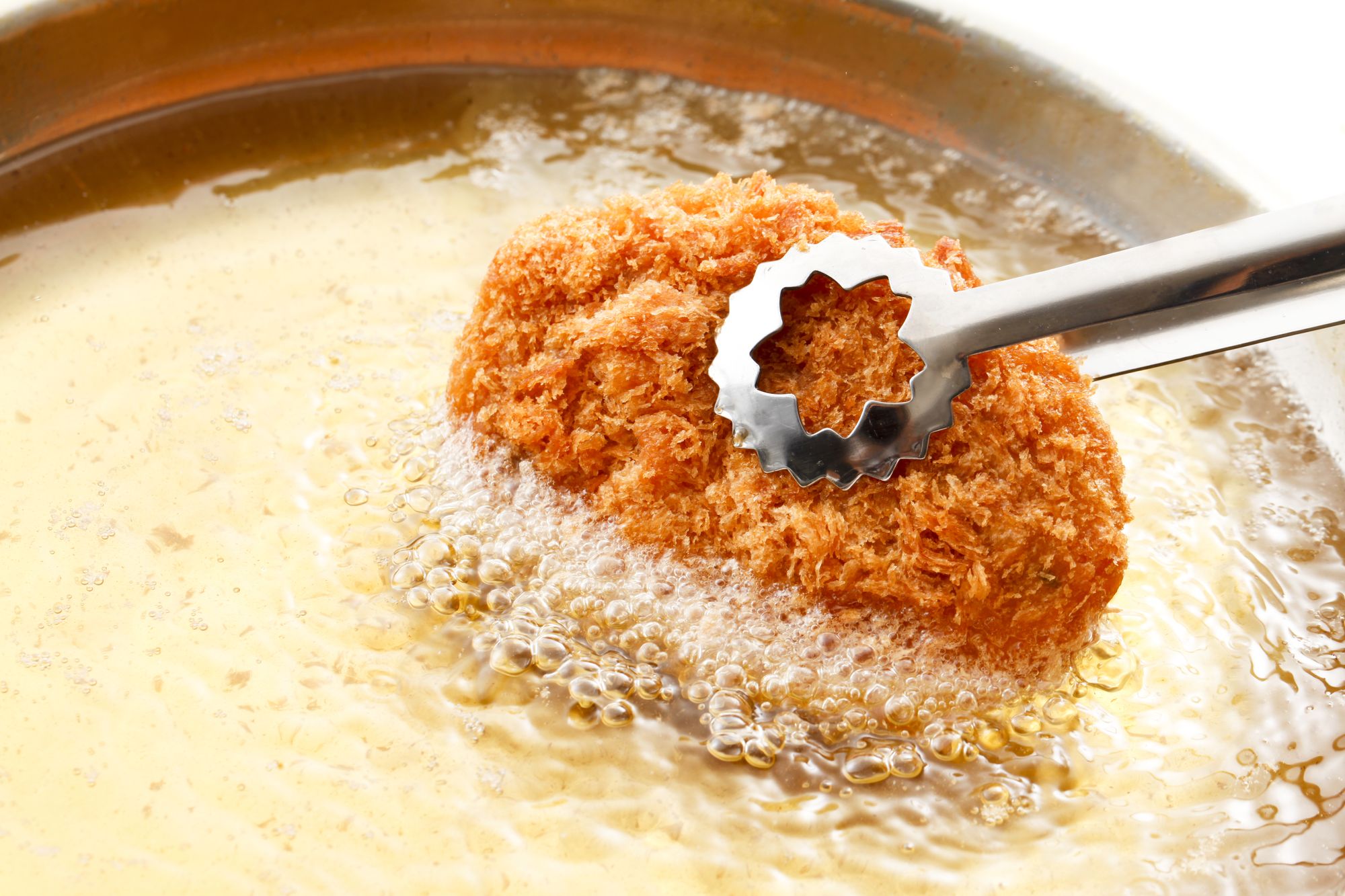
Deep-fried foods can have a detrimental effect on your blood glucose levels. These foods are usually high in trans fats due to the oil used in the frying process. Trans fats are known to cause insulin resistance, which leads to an excess of sugar in the blood.
Moreover, fried foods increase the risk of high cholesterol, weight gain, and the development of type 2 diabetes, according to the Cleveland Clinic. In addition, a study published in the American Journal of Clinical Nutrition found that an increased intake of fried food was associated with a higher risk of diabetes.
Furthermore, the type of food being fried can also impact blood sugar levels, as it may have a high glycemic index. For example, French fries are deep-fried white potatoes, which are already high on the glycemic index. This, combined with the trans fats used in frying, makes French fries one of the worst foods for blood sugar.
3) White potatoes
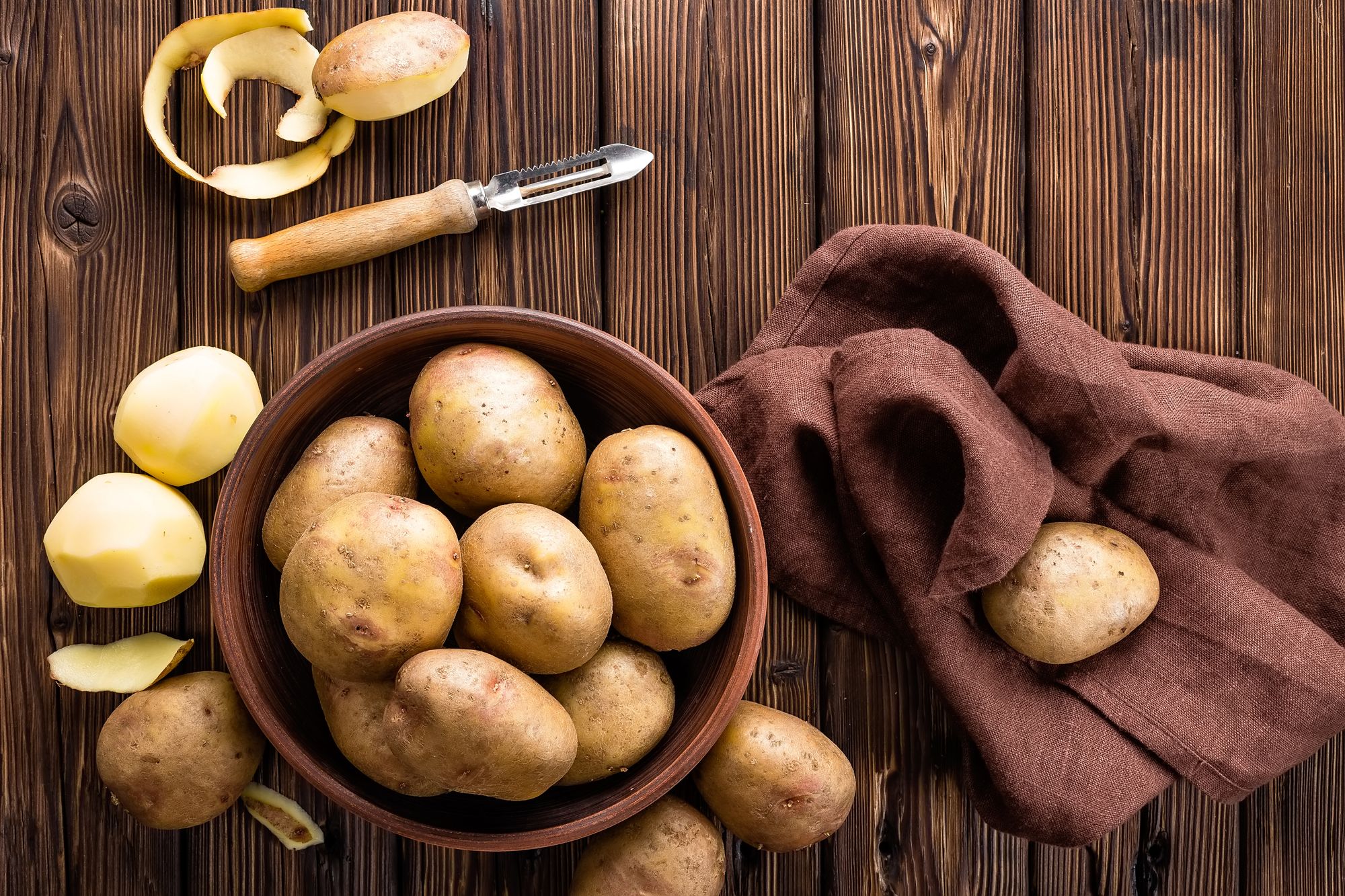
Potatoes are not the best food for controlling your blood sugar. However, you don't need to completely eliminate them from your diet. Combining them with fiber or protein can help limit their effect on your glucose levels.
While this food is known to have a high glycemic index, meaning that it can spike your blood sugar faster than foods with a lower glycemic index, researchers say that its impact depends on how it is prepared. According to a study in Nutrients, mashed or fried potatoes are likely to have a greater impact on your blood sugar than baked or boiled ones. In addition, the variety of potato can also play a role, with boiled carisma potatoes having a much lower impact than boiled desiree or charlotte potatoes.
4) Foods high in trans fat

Maintaining healthy blood sugar levels requires limiting your consumption of trans fats, as they can increase insulin resistance in people with type 2 diabetes, according to research published in the Scandinavian Journal of Food and Nutrition. Insulin is crucial in regulating blood glucose levels, so any disruption in its effectiveness can have negative consequences.
The challenge is that trans fats are found in a wide range of delicious foods, including many processed baked goods, frozen dinners, microwave popcorn, shortening, fried foods, and some non-dairy coffee creamers. It's important to carefully read ingredient labels and choose healthier alternatives whenever possible.
5) Fruit-flavored yogurts
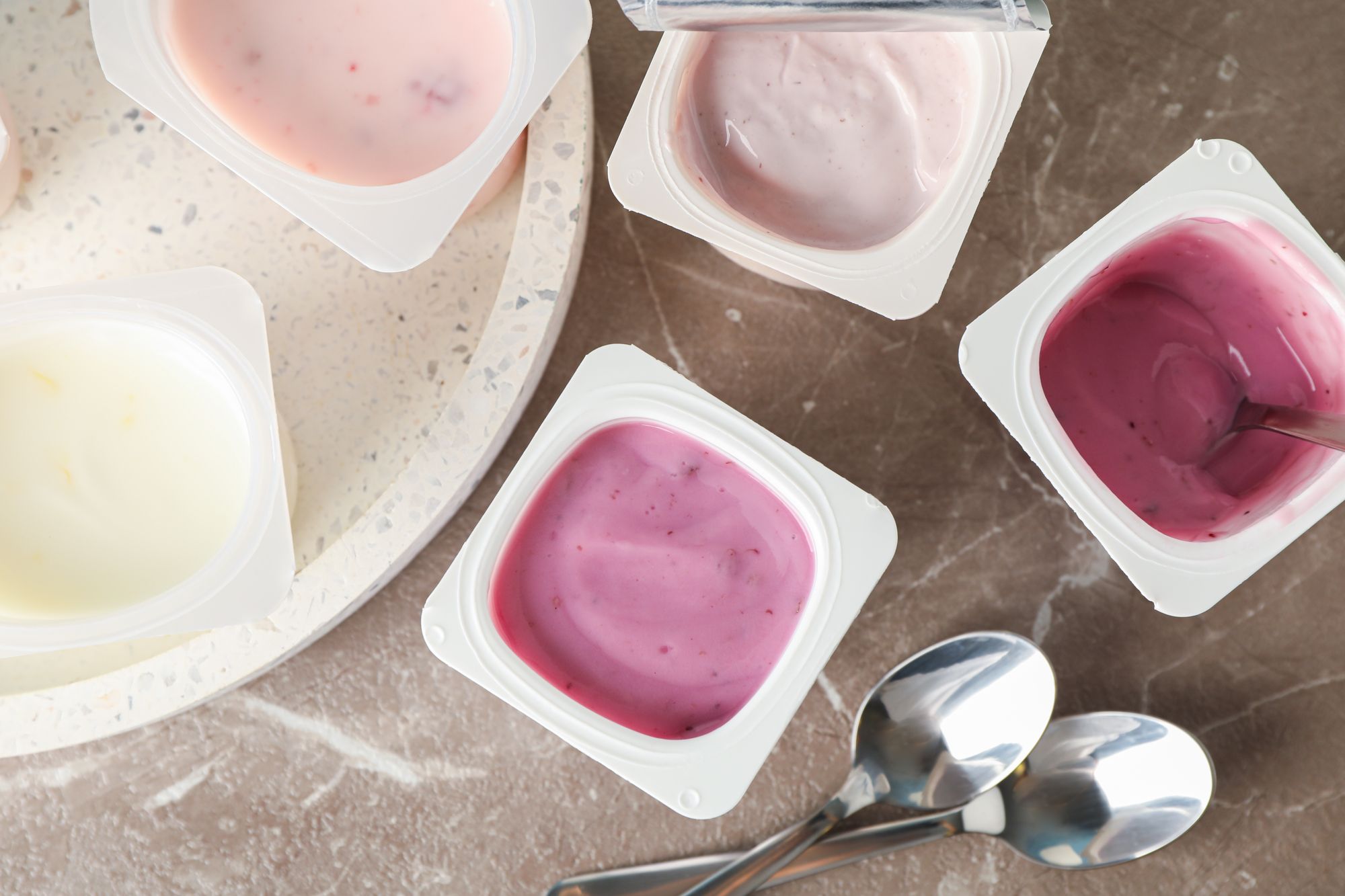
According to registered dietitian Sarah Anzlovar, many fruit-flavored yogurts are loaded with sugar, making them less healthy than some desserts. Instead, she suggests switching to plain Greek or Icelandic yogurt, which contain more protein than regular yogurt and can help balance blood sugar levels. To add sweetness, Anzlovar recommends adding a small amount of honey. To make the yogurt even more nutritious, top it with fresh fruit or seeds, which are high in fiber. Fiber can help stabilize blood sugar levels by not being broken down by the body like other carbohydrates, which can cause spikes in blood sugar levels.
6) What You Need to Know About Pre-made Smoothie and Acai Bowls
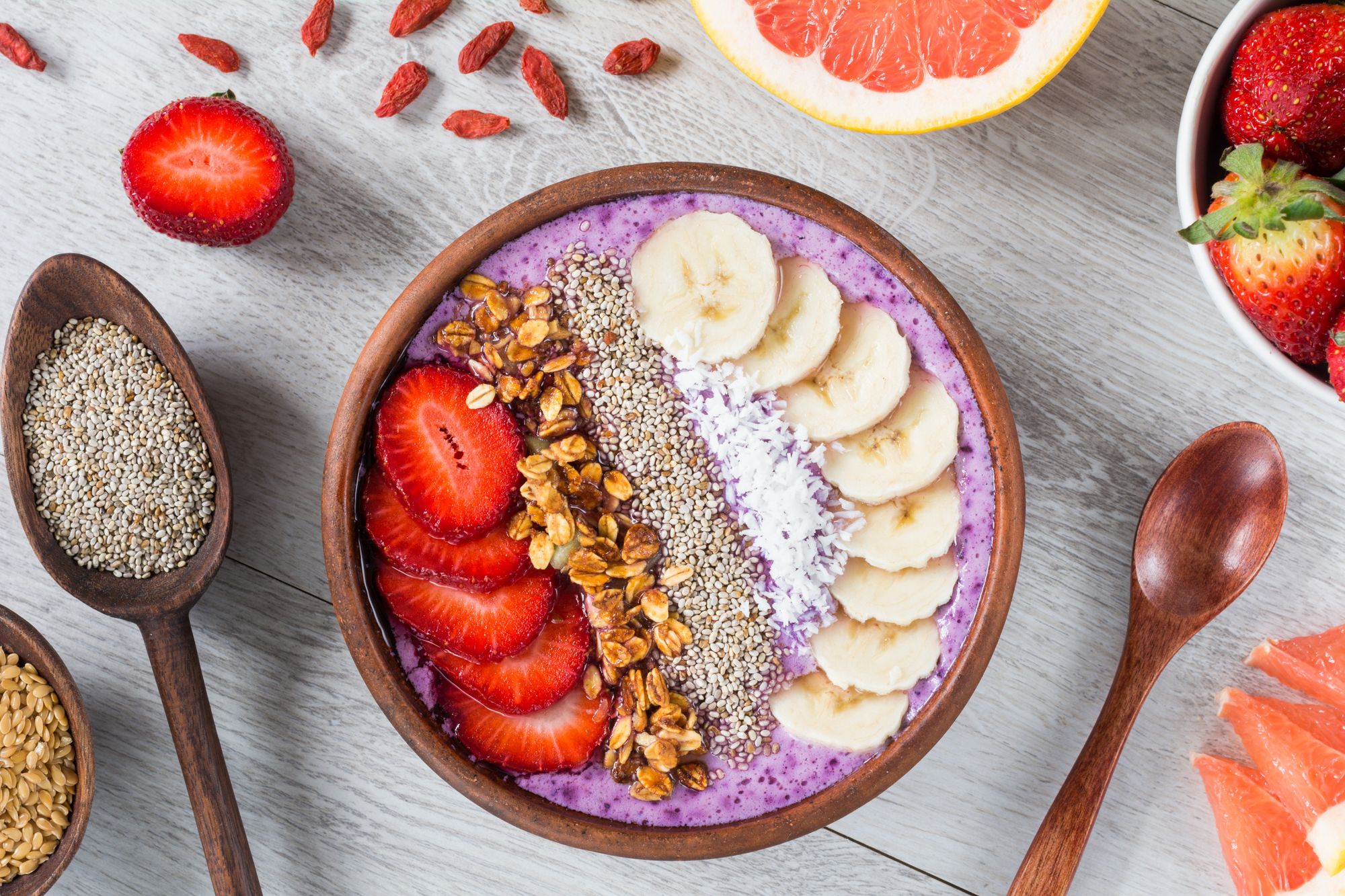
Acai bowls and smoothie bowls can be both delicious and nutritious, but pre-made ones may not be as healthy as they seem. According to Roxana Ehsani, a registered dietitian, pre-made smoothies lack dietary fiber and protein, which are essential to stabilizing blood sugar levels. Many pre-made bowls in grocery stores are also high in carbohydrates, which can cause further spikes in blood sugar levels.
Instead of buying pre-made smoothie bowls, Ehsani recommends making your own at home with fresh or frozen fruit, non-dairy milk, and sources of fiber like chia seeds or flax seeds. Adding peanut butter, protein powder, or Greek yogurt can also provide extra protein and help to stabilize blood sugar levels.
To dress up your homemade smoothie bowls, top them with fresh fruit, seeds, or nuts for added fiber and crunch. By making your own bowls, you can control the amount of added sugars and ensure that you are getting the necessary nutrients to keep your blood sugar levels in check.
7) Processed carbs
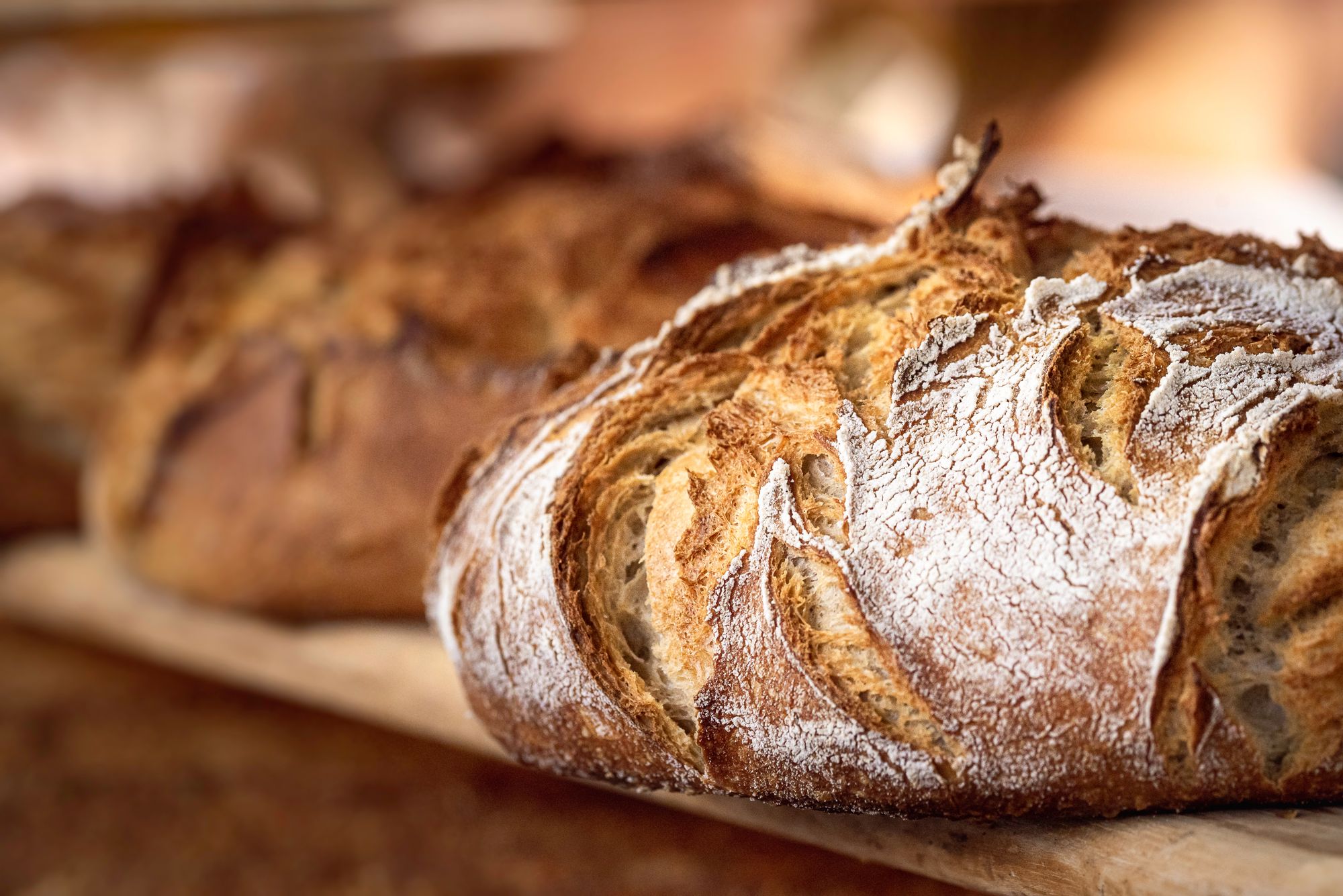
Foods high on the glycemic index, such as white bread, white rice, potatoes, soda, potato chips, and pretzels can raise blood sugar levels faster than those that are lower on the glycemic index, says Melissa Azzaro, RDN, LD, a registered dietitian and podcast host at Hormonally Yours.
However, it is not necessary to avoid these foods altogether. Azzaro suggests pairing them with high-protein and high-fiber foods to reduce their impact on blood sugar. She also notes that the glycemic index only measures foods when eaten alone.
8) Sugary cereals
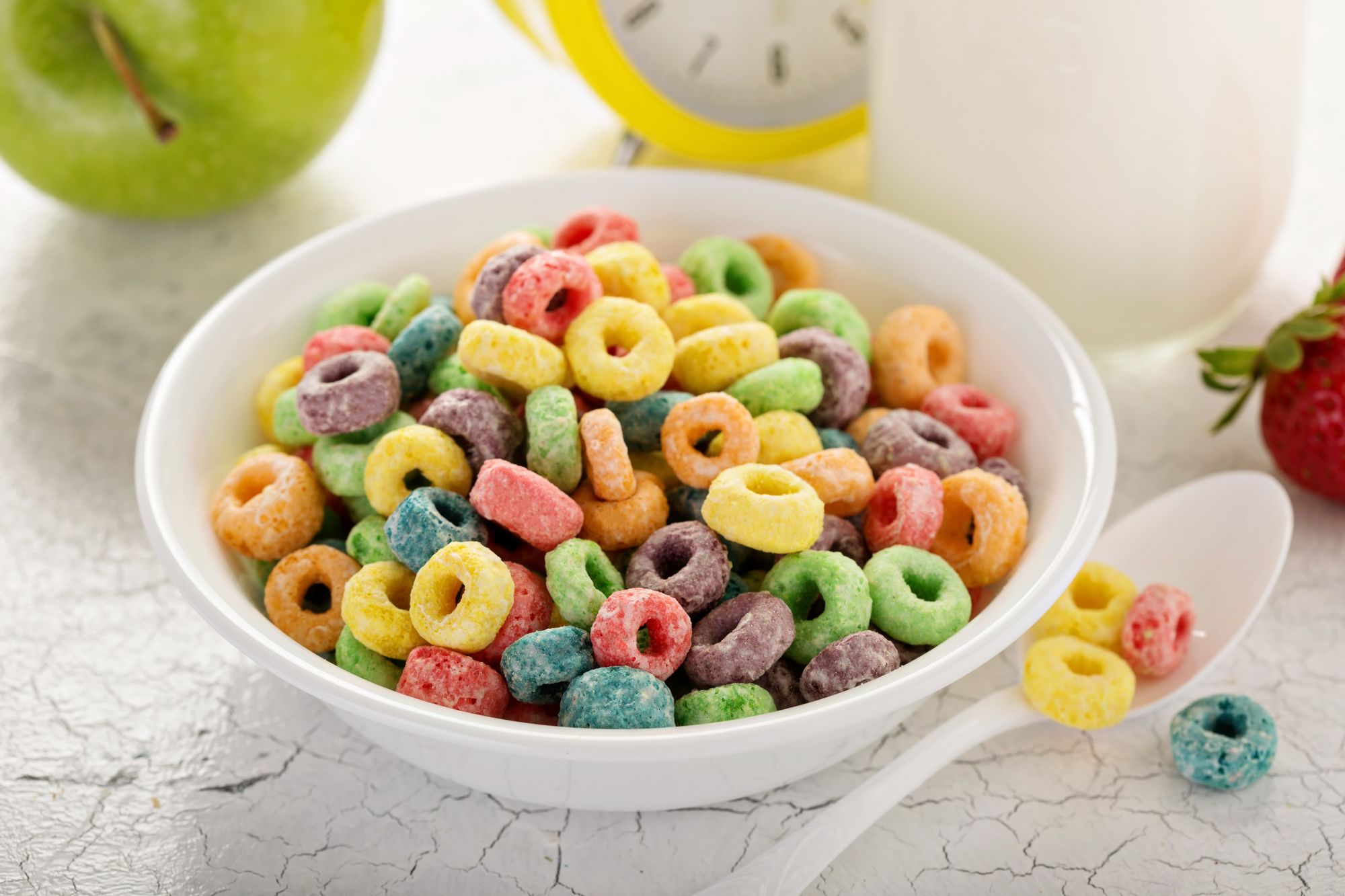
It can be overwhelming to navigate the cereal aisles in the grocery store, as many options can be high in total carbohydrates and low in both dietary fiber and protein. According to Roxana Ehlani, MS, RD, CSSD, LDN, and national media spokesperson for the Academy of Nutrition and Dietetics, choosing a cereal with at least three grams of dietary fiber and three grams of protein per serving is ideal to keep blood sugar stable.
But if you end up with a cereal that isn't the best option, don't panic. You can balance it out by adding a side of protein, such as scrambled eggs or nuts, or pairing it with Greek yogurt or cottage cheese.
9) Candy

Sweet treats are not recommended if you have high blood sugar, according to Ehlani. Consuming candy in large quantities will cause your blood sugar to rise even higher. Regardless of the type of candy you choose, it is unlikely to help control your blood sugar levels. It is best to avoid candy until your blood sugar levels are within a safe range.

